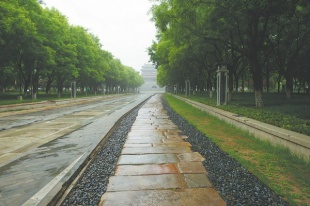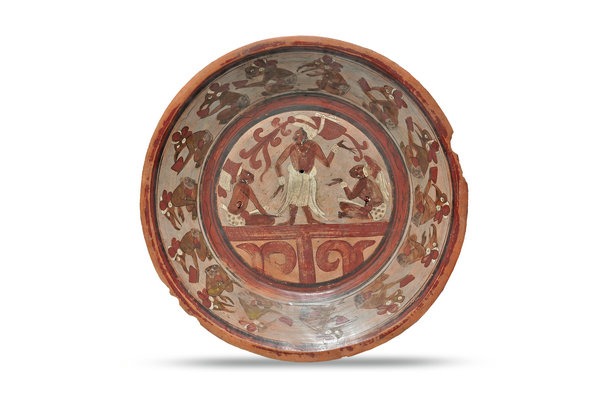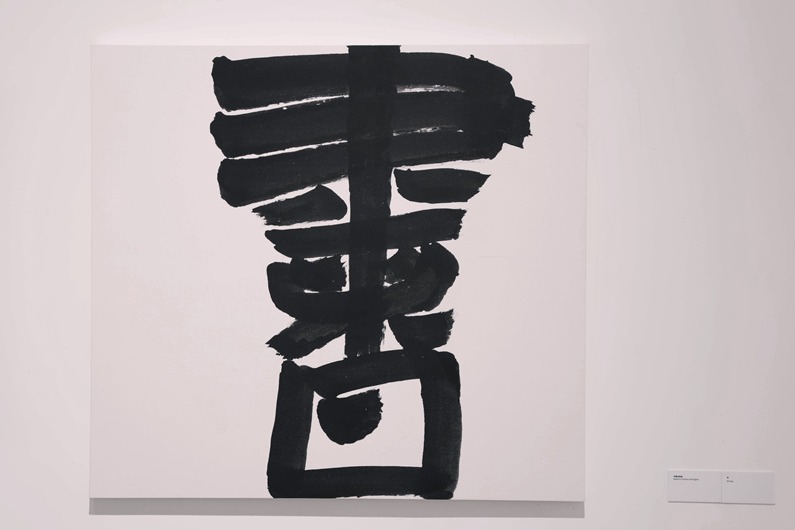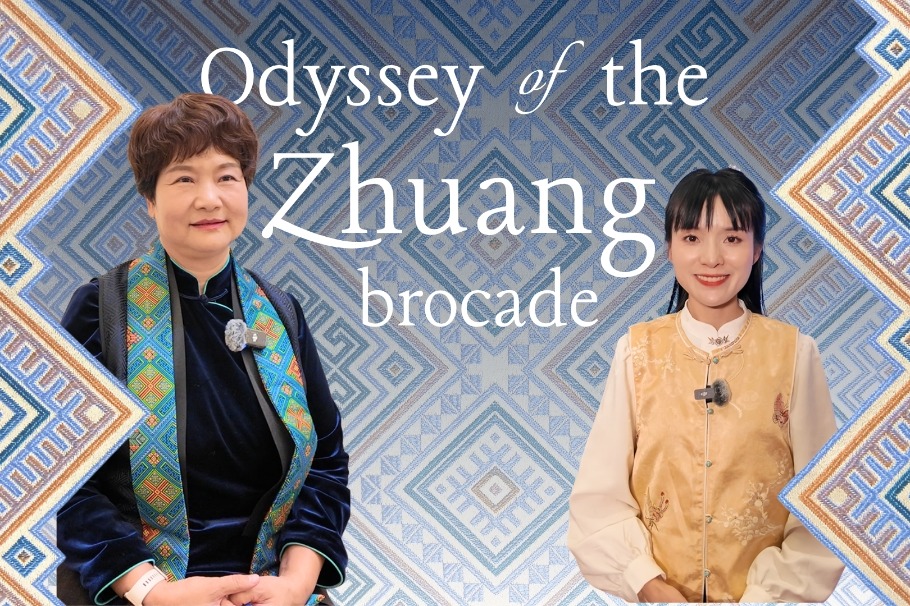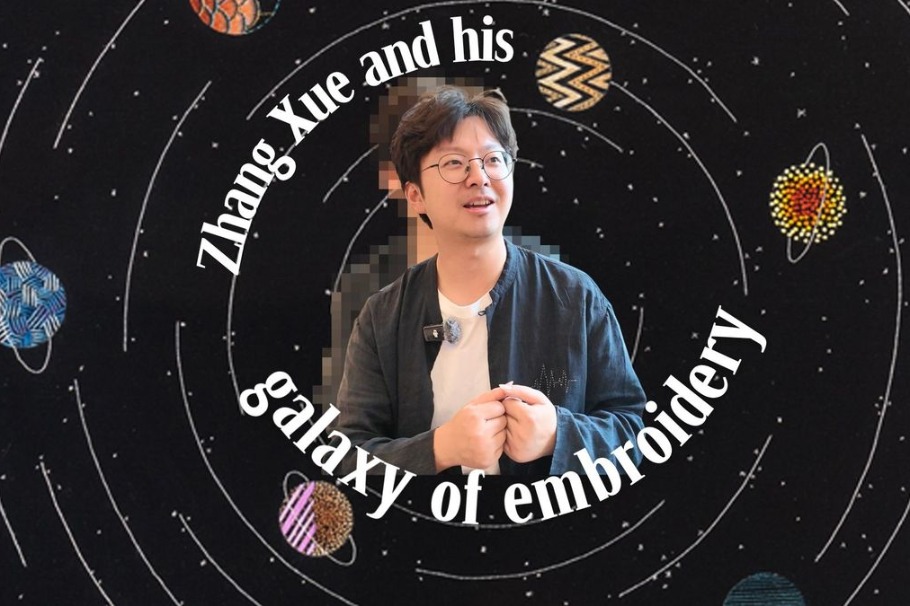Researchers unearth bridge to reveal past

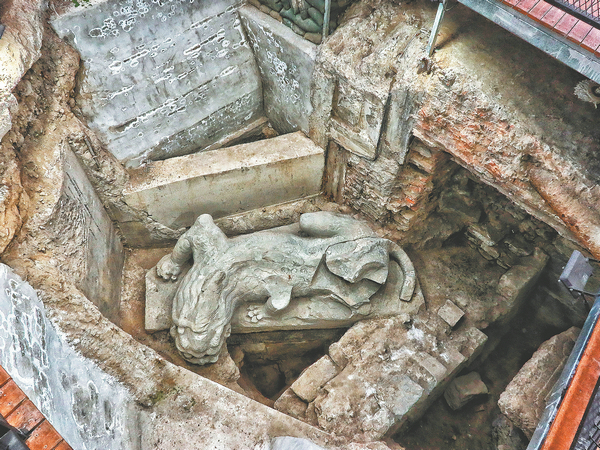
In front of Zhengyangmen Gate, which rises at the southern end of Tian'anmen Square in the heart of Beijing, tourists hustling and bustling on Qianmen Street keep instilling vitality to this gateway dating back over 600 years.
With the gate tower in the north and the archery tower in the south, Zhengyangmen, a key marker on the Beijing Central Axis, is the largest among all the gates of the inner and outer cities of Beijing during the Ming (1368-1644) and Qing (1644-1911) dynasties.
The busy scene resonates with the previous era's prosperity, but the gate was subjected to the evolving times.
Though the site witnessed the traditional way of urban management and played a crucial role in military defense and ceremonies during the imperial period, the Zhengyangmen area experienced major changes after the monarchy ended.
The old fortified barbican was replaced by an urban road in the early 20th century. Zhengyang Bridge in front of the gate used to be an imperial road across the moat surrounding the inner city but had also disappeared from above ground. People thought the largest single bridge along the Beijing Central Axis no longer existed in the last century's urban development, but recent archaeological research tells another story.
To identify its status quo as a reference for the studies of the Beijing Central Axis, archaeologists have excavated the Zhengyang Bridge site in two phases on Qianmen Street since 2021. To their joy, the bridge is still there, intact and well-sealed beneath the busy traffic of today.
A bridge made of bricks and stones, as well as a goose wing-shaped revetment, was discovered.
"We could only refer to ancient documents and paintings to imagine what Zhengyang Bridge was like," says Zhang Lifang, an associate researcher at the Beijing Archaeological Research Institute who leads the excavation. "Archaeology now provides us a clear lineage of its evolution."
The bridge was first constructed with wood and reinforced with stones and bricks in 1439, according to records in a Ming Dynasty file. In the early 20th century, the arch bridge was widened and flattened to facilitate traffic. Later, the moat was filled.
"We found cement under its arches, which shows vestiges of renovation in the early 20th century," Zhang says.
During its discovery, the bridge was still safeguarded by a 3-meter-long stone statue of a mythical water-harnessing beast. The lion-headed, tiger-bodied beast is covered with scales and decorated with auspicious clouds on some parts.
Zhang says this remarkable statue echoes the bridge's exceptional status.
This archaeological research was an important preparation process in the successful seeking of UNESCO World Heritage Site status for the Beijing Central Axis.


